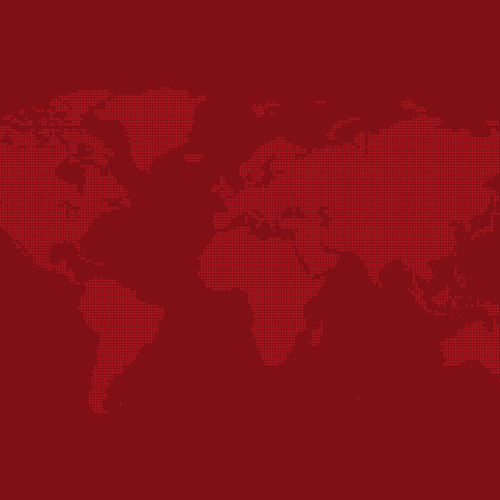News
Amid drought and conflict; Thousands flee Somalia
Dadaab refugee camps in Kenya continue to experience an influx of people due to the unprecedented drought, conflict, and lack of access to basic services. New arrivals from Somalia are in urgent need of humanitarian assistance – the vast majority of them are women and children.

UNHCR, along with the Danish Refugee Council (DRC), identified over 24,000 new arrivals into Dadaab last week, all estimated to have arrived since the last profiling exercise, with an average of 100-300 per day (2,100 per week - UNHCR2). UNHCR is anticipating that the total number of new arrivals will reach 121,300 people by April 2023.
“DRC is extremely concerned about the scale of the humanitarian needs. The response has been scaled up, but we must be prepared to provide assistance to more than 100,000 new people in Dadaab by April 2023 and we currently do not have funding to support this increased caseload,” says Simon Nzioka, DRC Kenya Country Director.
DRC has been leading on protection profiling of the new arrivals and providing life-saving assistance and protection support. Many of the new arrivals are from marginalized communities and are survivors of gender-based violence – figures indicate that new arrivals are twice as likely to have suffered gender-based violence as the wider refugee population.
Informal settlements
While many new arrivals are settling in the existing camps – leading to overcrowding and pressure on limited resources and services – others are creating informal settlements alongside the camps. In one informal settlement visited by DRC, there were no functioning latrines for over 300 households of primarily women and children. The camp and informal settlements also currently face cholera and measles outbreaks due to the overpopulation and lack of access to water and sanitation facilities.
The lack of sanitation facilities is also contributing to high risks of sexual and gender-based violence for new arrivals and existing refugees, many of whom are already survivors of horrific violence.
“While the Government of Kenya has opened its doors to asylum seekers, the situation in the camp and informal settlements is dire and the response needs scaling up. A female asylum seeker confessed that she regretted crossing the border as her circumstances were less difficult in Somalia than here in Dadaab”, reported Brenna Carmody, DRC Kenya Head of Programmes after a visit to Dadaab on 18 November 2022.
Kenya’s Arid and Semi-Arid Lands (ASAL) are also experiencing severe drought after five consecutive failed rainy seasons, affecting the food security of 4.1 million people of which 858,000 children and lactating women are acutely malnourished.
Without an immediate scale-up of the response, thousands of lives could be at risk and the gains from years of investment in resilience and humanitarian, peace and development programming could be lost.
